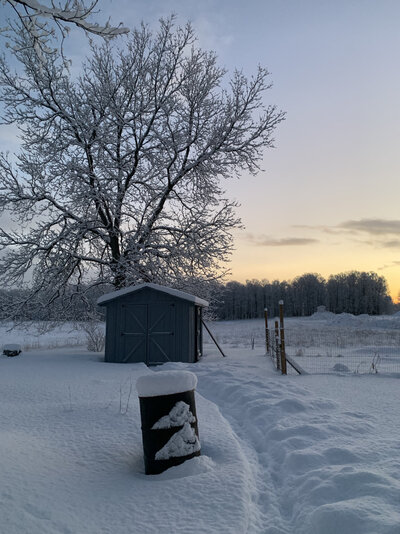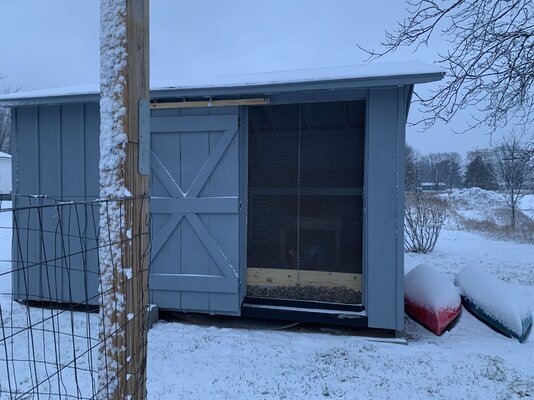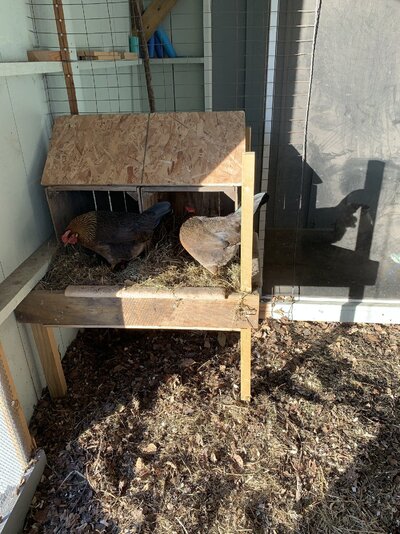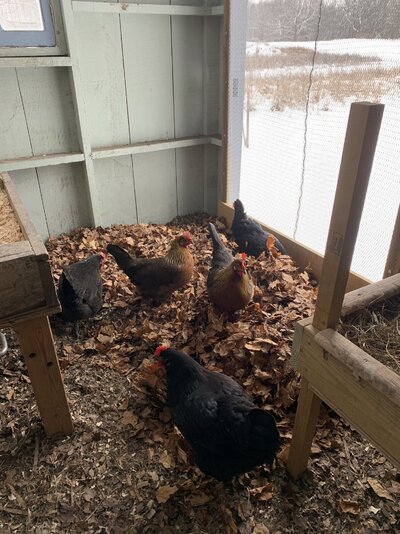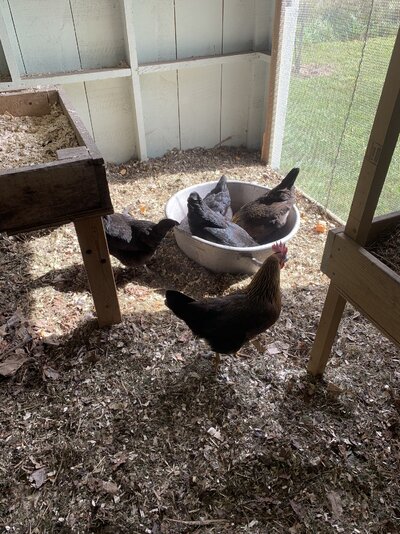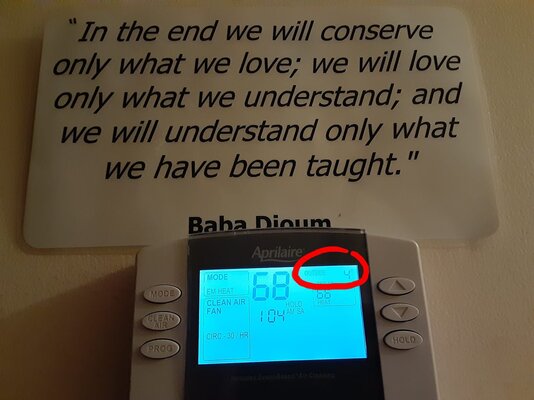I know I don't NEED to. But... I like to. Does that make sense? I like seeing that it is dryer and a bit warmer inside the coop I built.
The thing is to not go overboard transfering human experience as bare-skinned mammals to well-feathered birds. We're different creatures with different needs.

I have a small (though well built) coop and 7 healthy chickens, and that ventilation standard would imply that almost an entire wall of my coop would need to be ventilation
Well, yes, that's often the case with very small coops. One of the reasons that little prefabs can be so problematic.

But look at my brooder here: https://www.backyardchickens.com/articles/run-to-outdoor-brooder-conversion.76634/
For a 4'x8' structure I have 16 square feet of permanent ventilation -- the top 8" of all 4 walls -- and an additional 10 feet of supplemental ventilation -- the full end wall and part of the door.
If I put adults in there I can theoretically house 8 of them, which means that I have double the suggested permanent ventilation -- tripling that with the supplemental vents open.





